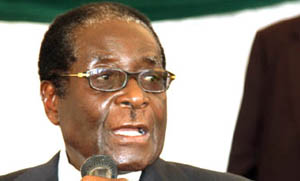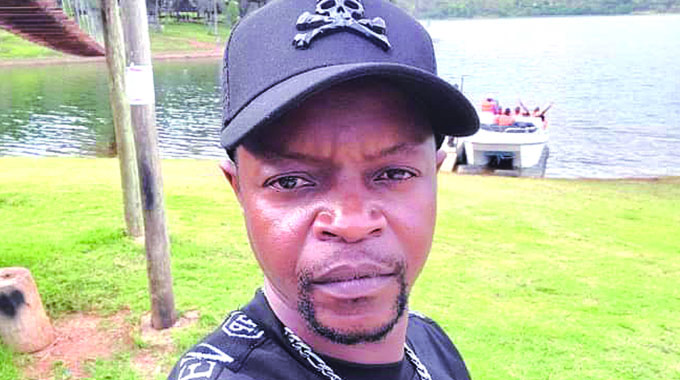Hats off to our self-taught artists
compulsive naive art makers who have had no contact with mainstream art institutions.
In many cases their work is often discovered and appreciated only after their deaths. One of the leading protagonists of “art brut”, Jean Dubuffet, founded the Compagnie de d’Art Brut along with other intuitive artists, including Andre Breton.
The collection he established became known as the “Collection de d’Art Brut” is now permanently housed in Lausanne, Switzerland — and this writer was fortunate to visit the museum in 1995 and in the summer of 2009.
Dubuffet described “Art Brut” as: “Those works of art created from solitude and from pure authentic impulses — where the worries of competition, acclaim and social promotion do not interfere — are, because of these very facts more precious and genuine than the productions of professionals.
After a certain familiarity with these flourishings of an exalted feverishness — lived so fully and so intensely by their authors, we cannot avoid the feeling that in relation and comparison to these works cultural art in its entirety appears to be the gain of a futile society creating a fallacious parade.”
He argued that “culture that is mainstream culture managed to assimilate every new development in art and by doing so took away whatever power or impact it may have had. The result was to asphyxiate genuine expression.
Not only was “Art Brut” immune to the influences of culture, it was immune to being absorbed and assimilated because the artists themselves were not willing or able to be assimilated.”
Cultural context of outsider art
The world’s interest in outsider art practices among 20th century artists and critics can be seen as part of a larger emphasis on the rejection of established values within the modernist art milieu.
Needless to say many mid-20th century artists such as Dadaist Marcel Duchamp, Pierre Solages, Antoni Tapies , Enrique Tabara, Manolo Millares, Pablo Picasso, Juan Miro, Edvard Munch and Cobra artist Karel Appel looked outside the traditions of high culture for inspiration, drawing from the artefacts of indigenous societies such as the African, Aborigine and Inuit, and the raw artwork of children for inspiration.
In Zimbabwe Intuitive Art is yet to be examined as a genre on its own. The local art milieu is replete with artists of this nature.
Exemplary self-taught artists harp back to the beginning of stone sculpture in 1959, where Joram Mariga was the first to be recognised as an intuitive artist.
Sculptors Thomas Mukarobgwa, Sylvester Mubayi, narrative wood sculptor Zephania Tshuma, Harry Taaka, a veteran wood sculptor prominent from the mid-1980s to the mid-1990s, Eino Ngaku — a Zimbabwean ceramic sculptor of Namibian origins — Never Kayowa, Tackson Muvezwa — a self-taught painter/sculptor and former janitor at the National Gallery of Zimbabwe, who won several awards between 1995 and 1998.
Misheck Gudo, a self-taught painter, Joseph Juma, Casmia Nyamuba — an African symbolist painter, Christopher Chipfuya, former conservation officer at the National Gallery of Zimbabwe, Bottle-top artist Margaret Majo, and world renowned sculptors Josiah Manzi, Lemon Moses, Makina Kameya and Ndale Wilo of Tengenenge art community as well as the late Ishmael Wilfred, a painter often represented by Gallery Delta all produce works of art that are largely intuitive.
These artists and their works deserve to be re-examined and revisited in the context of their originality and idiosyncrasies.
Zimbabwe as a nation boasts many self-taught artists who by the “outsider” nature of their work have been omitted in gallery representation and have been denied the opportunity of presenting comprehensive solo exhibitions of their works.
It is pertinent that gallery administrators take into cognisance the originality and presence of self- taught intuitive artists and their works in Zimbabwe — lest they are lost to cultural oblivion.
Dr Tony Monda holds a PhD in Art Theory and Philosophy and a Doctorate in Business Administration (DBA) in Post-Colonial Heritage Studies. He worked as an intern in Psychology of Art and Remedial Art Therapy at the Lafayette School of Art Therapy for the Mentally Handicapped Children, in New Orleans, USA. He is an author, art critic, art consultant and a practising visual artist.







Comments